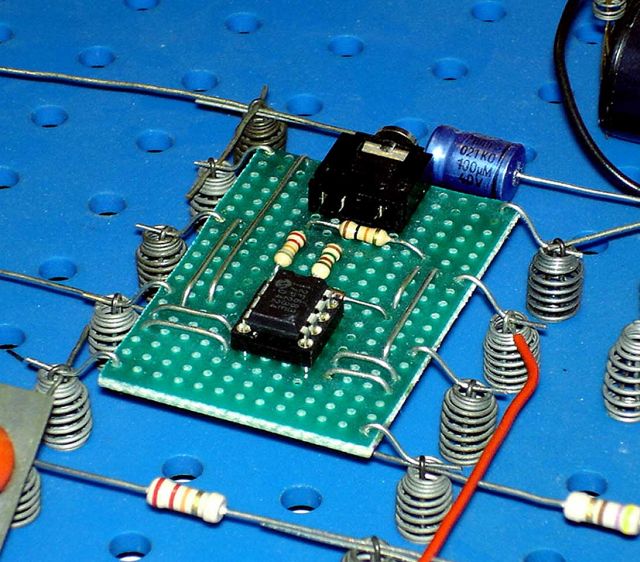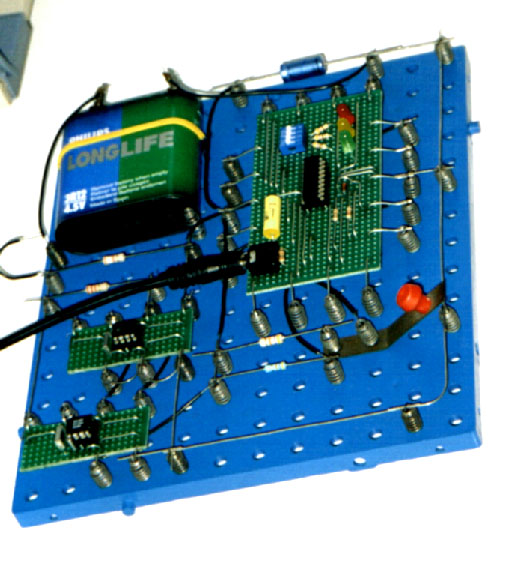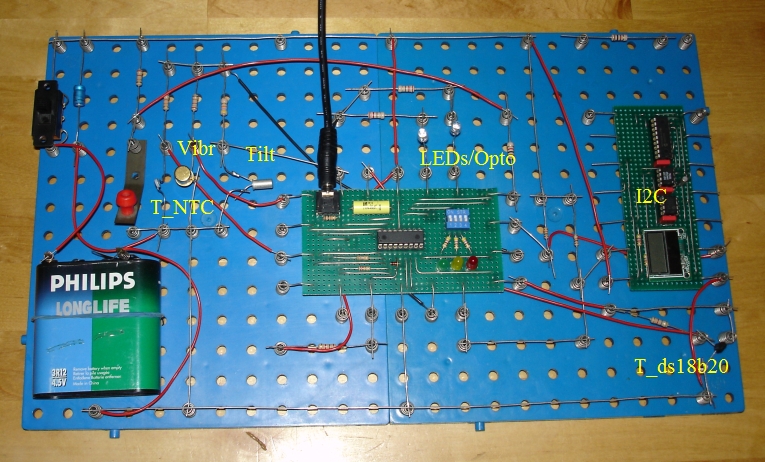Almost all my PICAXE development and experimenting is done using vero-board modules with I/O and other connections to 0.2" screw terminals. All mounted on cut-to-size ex-pizza base packaging polystyrene held on with masking tape.
There's a board per PICAXE size plus boards with screw terminals for PSU, I2C Eeprom, serial interfaces, IR Led, IR receiver, DS18B20, LDR, NTC thermistor, 433MHz transmitter, receiver, etc, etc, even 74HCxx inverters - if something's used it becomes a permanent board.
The processor boards are easy to use standalone ( always ready-to-go, just connect power ), quick to connect together and easy to use with breadboard. Boards are not tied down to use with PICAXE. The big advantage is that every board is well documented, connectors are easily identifiable and the circuit never changes from one day to the next. Saves a lot of time knowing the basic circuit is going to work each and every time, leaving only connections to get right.
Board circuits are designed to be easy to use so, for example, I2C boards have the pull-ups fitted on each with links to disconnect those if using multiple boards. Thinking, designing and documenting up front brings dividends later.
Attachment quality low to meet upload restrictions - That's an 18/A/X board which includes a parallel LCD connector plus serial interface with links to add/remove blocking diodes and change 22K etc.





